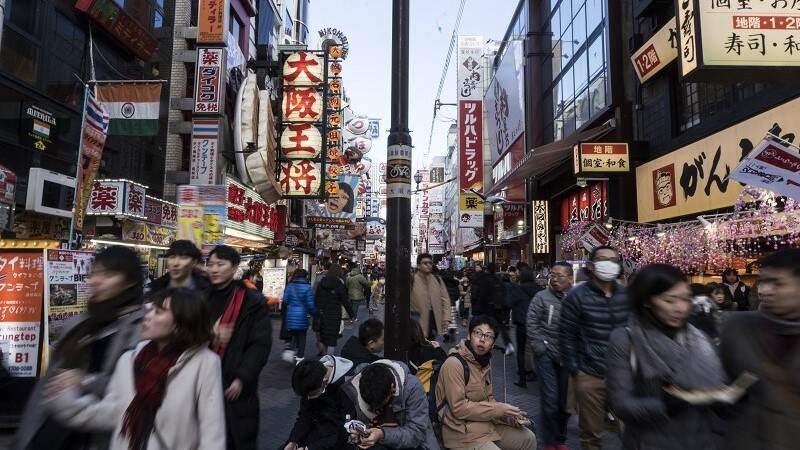How Japan’s second largest city is moving onto the world stage
These days it's not just the world's most famous capital cities looking outside their national borders for growth.
More cities around the world are aiming for space on a global stage long reserved for hotspots like New York, Tokyo and London, with investment and growth seen as the rewards for thinking big.
Take Osaka, Japan’s second-largest city, and often ranked among the world’s most liveable. The city region of over 19 million people is gearing up to host the World Expo in 2025, with major developments projects underway in preparation.
“Osaka is one of Japan’s most important cities, but what we’re seeing is an effort to extend its reach internationally,” says Jeremy Kelly, head of JLL Cities Research. “With its rapidly growing visitor economy, as well as high profile events like the G20 and Expo 2025, Osaka is currently experiencing the first cycle of globalisation by building its international reputation.”
Cities like Osaka play crucial roles in their domestic economies. Now, they are looking outside their own borders, according to JLL research. Other examples include Atlanta and Buenos Aires, the data show.
There’s a major driver working in favor of up-and-coming urban areas: people, companies and investors hunting for less-expensive options that still tick the right boxes, from culture to innovation.
Osaka on the world stage
Stacked in its favour is the fact that Osaka is the eighth-largest metropolitan economy in the world, ahead of Paris and London.
“It’s a major city with huge influence in the Japanese economy, but arguably lacks international visibility, influence and integration into truly global networks of capital flows,” Kelly says.
There are already signs this is changing. Ahead of the 2025 Expo, a plan was recently approved to turn part of an artificial island into a commercial area, including a theme park and, contingent on obtaining a license, a casino.
People walk through the Shinsekai area in Osaka. (Photo by Tomohiro Ohsumi/Getty Images)
The city is already a tourist magnet, as Japan’s fastest-growing destination for visitors. Last year, foreign tourists to Osaka totalled totalled 11.42 million, a record high for five years running, according to the Osaka Convention and Tourism Bureau.
Developers are playing catch-up as hotel and restaurant construction rose six-fold during the same period. To continue attracting more travellers, Kansai Airport this year announced a US$911 million expansion to upgrade its facilities and boost capacity.
Joining the cool club
Key to success will be creating greater buzz. It could take a leaf from cities such as Melbourne and Copenhagen in that regard, Kelly says.
“Osaka needs to create a clear global brand in its second phase of globalisation, much like how Melbourne and Copenhagen are known for their lifestyle elements such as cuisine, design and well, being ‘cool’,” he says.
“Alternatively, it can go the route of Barcelona and Vancouver to build its reputation around other strengths such as environmental sustainability or smart mobility,” he says.
Relative strengths
Osaka out-performs Tokyo in terms of liveability, ranking fourth in The Economist Intelligence Unit’s Global Liveability Index this year, compared to the capital’s seventh position.
Osaka consistently fares well for liveability due to its compact size, organised urban planning and connectivity and its lower cost of living. Its railway station density is better than Tokyo’s – it has 1.12 station every square kilometres compared to the capital’s 1.02. It also scored lower than Tokyo in terms of the Regional Difference Index of Consumer Prices, which includes rent and food.
On top of that, Osaka is pushing hard to boost its technology and start-up scene with the development of Umekita Phase 2, a key site beside Osaka Station that the government plans to attract bio-tech and pharmaceutical firms to set up shop in. The first phase also involved the completion of shopping mall Grand Front, which is home to several innovation-centric organisations such as Osaka Innovation Hub and a prototyping lab.
A direct rail link between Umekita and Kansai Airport is another boost to the city’s efforts to position itself as a business hub.
These initiatives aside, Kelly feels Osaka can make better use of these new developments to position itself as a contrast to Tokyo.
“Osaka is already known among travellers for being a gateway to historical cities, Kyoto and Nara. There is a chance for Osaka to reinvent itself beyond that and set a new direction for itself.”




